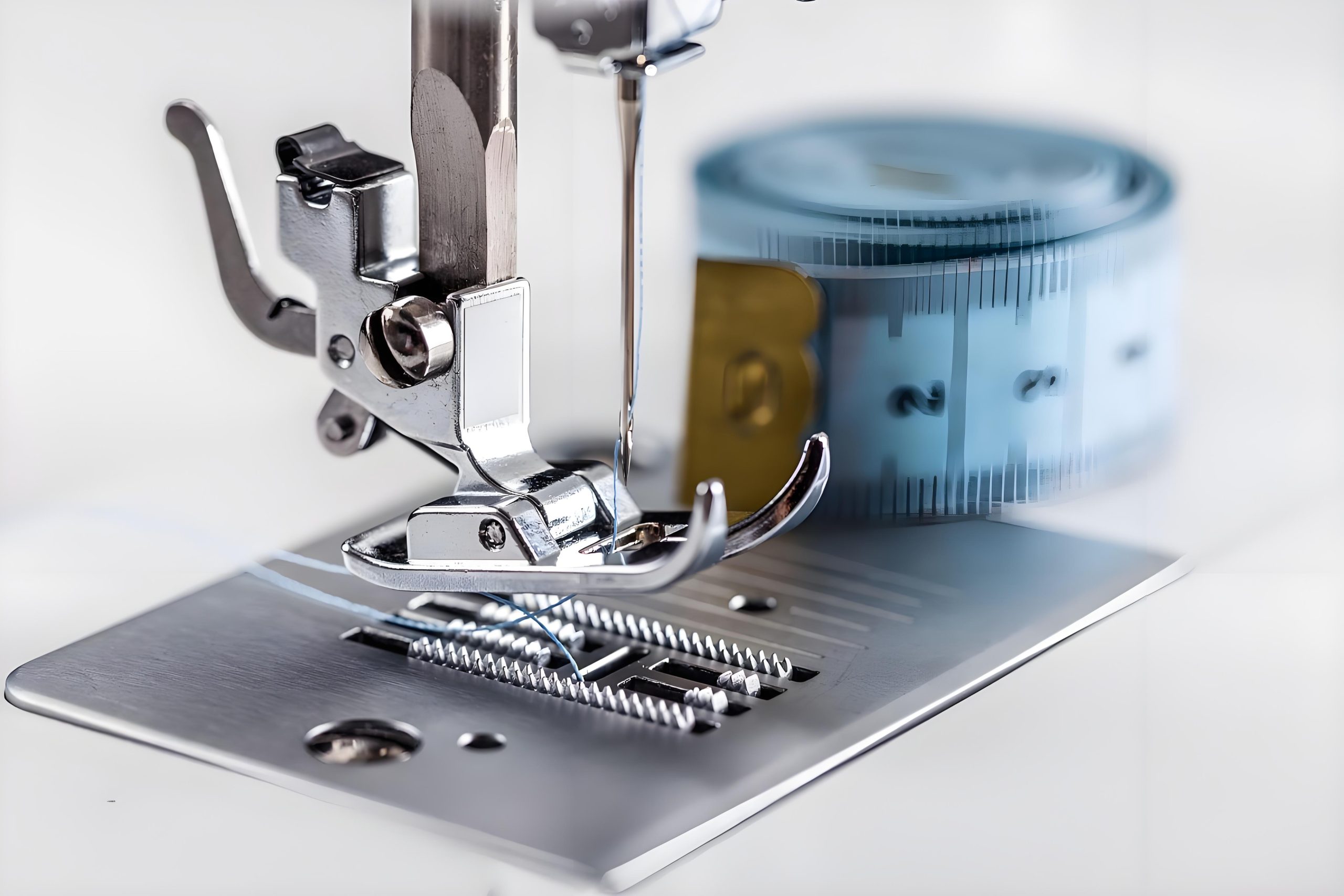Introduction: From Hand Stitching to Mechanical Revolution
Before the Industrial Revolution, sewing was a painstaking, time-consuming craft. Creating a single garment required hours—if not days—of meticulous handwork. But the invention of the sewing machine changed everything. It didn’t just speed up production—it democratized fashion, transformed labor dynamics, and stitched itself into the fabric of global history. Let’s trace the journey of this remarkable machine and see how it threaded its way through human progress.
1. The Birth of the Sewing Machine (18th–Early 19th Century)
Early Attempts: From Concept to Prototype
The sewing machine wasn’t invented overnight. As early as 1790, English inventor Thomas Saint designed a machine for stitching leather, though it was never built. Over the next few decades, numerous inventors tried—and mostly failed—to create a functional model.
The Breakthrough: Elias Howe’s Lockstitch
In 1846, American inventor Elias Howe patented the first practical sewing machine. His design used a lockstitch mechanism, which was stronger and more reliable than earlier chain-stitch models, setting the standard for future machines.
Fun Fact: Howe struggled to gain recognition at first—he even went to England to promote his invention. Later, he returned to the U.S. and sued companies like Singer for patent infringement, eventually securing royalties.
2. The Golden Age of Sewing Machines (Mid–Late 19th Century)
The Rise of Singer
In 1851, Isaac Singer improved Howe’s design, creating a more user-friendly, stable machine for home use. Singer didn’t just perfect the technology—he revolutionized sales with installment payment plans, making sewing machines affordable for average families.
Fueling the Industrial Revolution
Sewing machines turbocharged the ready-to-wear clothing industry. Factories could mass-produce garments, lowering costs and making fashion accessible. They also created new job opportunities for women, many of whom entered the workforce as seamstresses.
By the Numbers:
- By 1860, the U.S. was producing 110,000 sewing machines annually.
- In the 1870s, sewing machines became one of the “Big Four” household essentials (alongside clocks, stoves, and pianos).
3. The 20th Century: Electrification & Globalization
From Foot Pedals to Electric Power
In the early 1900s, electric motors replaced manual treadles. By the 1920s, the first electric home sewing machines hit the market, boosting efficiency even further.
The Shift to Global Production
After WWII, manufacturing hubs moved from the U.S. and Europe to Japan and China. Brands like Brother and Juki dominated the industry, while China emerged as the world’s largest producer.
Did You Know?
Today, 70% of sewing machines are made in China, with Zhejiang’s Taizhou known as the “Sewing Machine Capital.”
4. Modern Sewing Machines: Smart Tech & DIY Revival
The Computerized Revolution
Starting in the 1980s, computerized (CNC) sewing machines allowed for automated, intricate stitching. High-end models now feature touchscreen controls and smartphone connectivity.
The Handmade Movement
In recent years, the DIY culture has resurged, with younger generations embracing sewing. Compact machines and all-in-one embroidery units make creativity more accessible than ever.
Conclusion: Stitching the Future
From clunky 18th-century prototypes to today’s smart devices, the sewing machine isn’t just a tool—it’s a witness to societal change. It rewrote fashion history, reshaped economies, and even influenced cultural trends. As 3D printing and smart textiles advance, the art of stitching may evolve yet again.
Do you have an old sewing machine at home? Does it hold family stories? Share in the comments!

good!